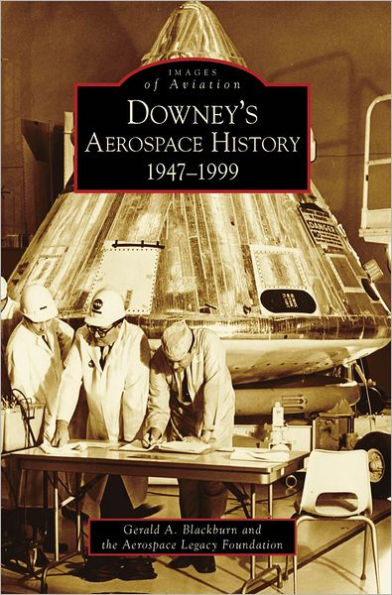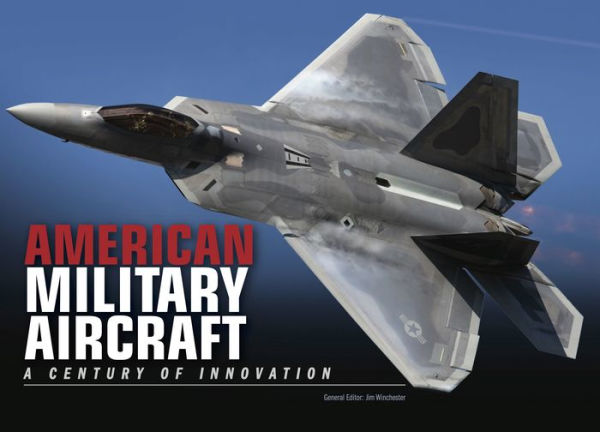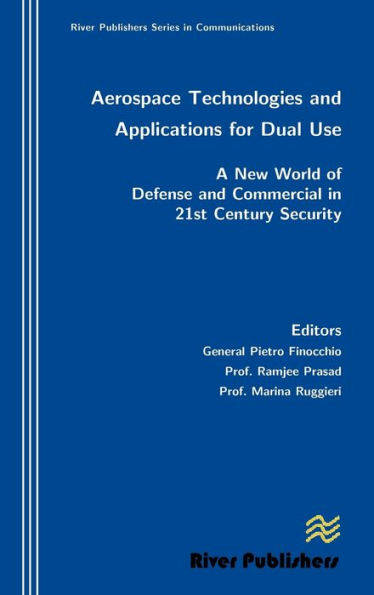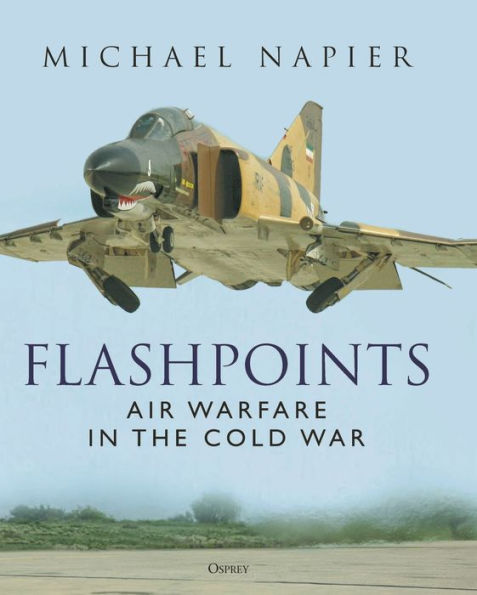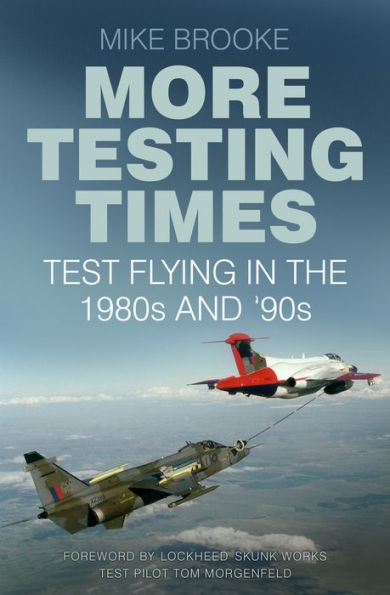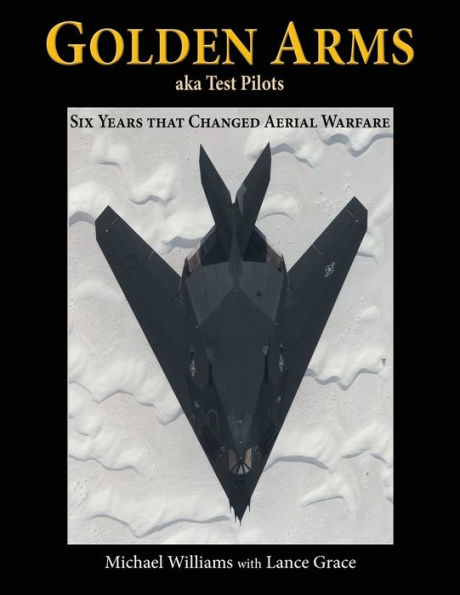Home
Partners in Freedom: Contributions of the Langley Research Center to U.S. Military Aircraft of the 1990's
Loading Inventory...
Barnes and Noble
Partners in Freedom: Contributions of the Langley Research Center to U.S. Military Aircraft of the 1990's
Current price: $27.99


Barnes and Noble
Partners in Freedom: Contributions of the Langley Research Center to U.S. Military Aircraft of the 1990's
Current price: $27.99
Loading Inventory...
Size: OS
*Product Information may vary - to confirm product availability, pricing, and additional information please contact Barnes and Noble
For over 80 years, Langley Research Center has exemplified the cutting edge of world class aeronautics research for civil and military aircraft. Established in 1917 as the nation's first civil aeronautics research laboratory under the charter of the National Advisory Committee for Aeronautics (NACA), Langley initially existed as a small, highly productive laboratory with emphasis on solving the problems of flight for the military and the civil aviation industry. During World War II (WWII), the Langley Memorial Aeronautical Laboratory directed virtually all of its workforce and facilities to research for military aircraft. Following WWII, a more balanced program of military and civil projects was undertaken. The emergence of the Space Age and the incorporation of the NACA and Langley into the new National Aeronautics and Space Administration (NASA) led to a rapid growth of space related research and the cultural change of the old laboratory into a major research center. Today, Langley research efforts encompass critical areas of both aeronautics and space technology. Throughout its history, Langley has maintained a close working partnership with the Department of Defense, U.S. industry, universities, and other government agencies to support the defense of the nation with fundamental and applied research. Many of the legendary contributions of Langley to military aircraft technology have been discussed and documented by specialists, the media, and historians. Langley contributions to famous military projects such as the aircraft drag cleanup studies of WWII, the advent of supersonic flight and the X-1, the development and tests of the Century-series fighters, the X-15, and many, many others have been archived in detail. The objective of this particular undertaking is to document the contributions of Langley Research Center to specific military aircraft that were operational in the 1990's. Virtually all military aircraft that participated in Operation Desert Storm, Kosovo, and other peacekeeping missions of this era have Langley technical contributions to their design, development, and support. In some instances Langley research from one aircraft development program helped to solve a problem in another development program. At the conclusion of some development programs, Langley researchers obtained the research models to conduct additional tests to learn more about previously unknown phenomena. These data also proved useful in later developmental programs. Perhaps the most consistent element in all of the research programs is the length of time for the development and maturation of new research concepts before they are implemented in new aircraft. Many of the military aircraft in the U.S. inventory as of late 1999 were over 20 years old. Langley activities that contributed to the development of some of these aircraft began over 50 years prior. This publication documents the role-from early concept stages to problem solving for fleet aircraft-that Langley played in the military aircraft fleet of the United States for the 1990's. The declassification of documents and other material has provided an opportunity to record the contributions of Langley personnel and facilities and discuss the impact of these contributions on Department of Defense aircraft programs.

